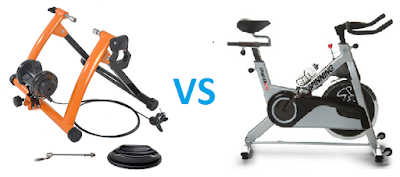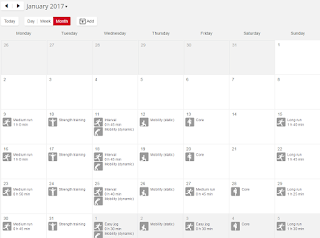FitBit Devices
I am not going to dive too far into the details on the devices, as there are too many to cover. Basically, they have simple activity trackers (Zip) to general fitness (Charge and Blaze) to a multi-sport tracker (Surge). Some of these devices sport smart features that let you receive phone alerts and control your music. However, the smart features for the most part are usually limited, but with FitBit's recent acquisition of Pebble, that might change in the very near future.
In addition to activity and fitness tracking, they also offer a smart weight scale and designer and collector models and accessories for their devices.
Overall, their devices are pretty good. The wrist HR is fairly accurate, but as with all wrist-based HR, there are always limitations, especially when it comes to how much you sweat and, for running specifically, how much you alter intervals. My only major complaint is their treadmill accuracy. Compared to a lot of other companies I have tested, FitBit had one of the least accurate treadmill values; I always got credit for way more steps than I actually took, average of 15% more steps to be exact.
FitBit App
As usual, I will only be able to comment on the iPhone version, as I do not have an Android device. To put it simply, this is the BEST app I have used for a connected device. You can sync multiple devices with ease and navigation to features is amazingly simple. Even advanced features are a breeze. The Dashboard, or home screen, is sleek, modern, and does a great job at showing you useful information. Since I am not currently using FitBit, I will be showing stock images from FitBit's site. The user experience is identical though, so don't worry.
Aside from the Dashboard, which is basically a summary of your whole day, there are screens for each item that appears on the Dashboard; sleep, steps, heart rate, activities, nutrition, weight, and more. The type of device you have will determine the level of detail and data that appears. For example, if you just have a Zip, you will see steps, can still track nutrition and weight, but won't see things like heart rate.
However, using your device when going outside for an activity gives you the added bonus of tracking that information through the app. So, you can get extra information such as GPS tracking and other metrics.
FitBit Website Dashboard
In addition to having one of the best apps, it also has one of the best websites. Sure, there are some features, or lack of certain customization that make no sense, but overall their site is amazing. You get a good look at everything YOU want to see. And it stays consistent with how you see things on the app, so you aren't confused by screens. Plus, for many, the simple integration with MyFitnessPal is huge for nutrition tracking. There are plenty of places to connect with others and won't disappoint you.
Final Thoughts
FitBit is still the market leader for a clear reason. It's definitely designed with the masses in mind. Very few companies are focused on such a diverse audience. Whether you need to track steps for work or your health care plan, want to get more active, are a constant gym goer, an extremely active person, or a fitness nut, there is an option for you. However, if you are an athlete and looking for a device that can withstand the stress, weathering, beating, sweat and water, and more, FitBit does not really have the devices you are looking for. For me personally, this is the only reason I left FitBit...as a triathlete, I needed a device that was waterproof, could track all of my sports and in the same session, and could handle the beating I put on my watch. Up next is Garmin!




















